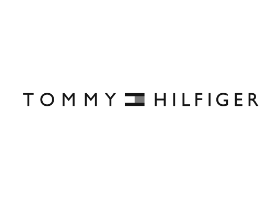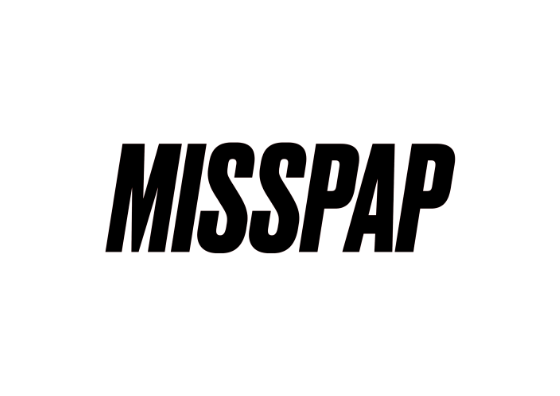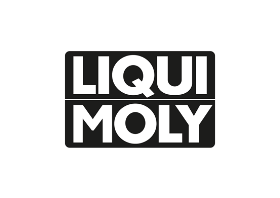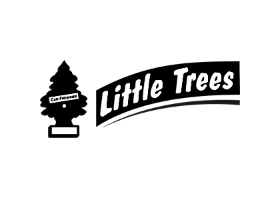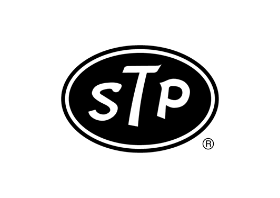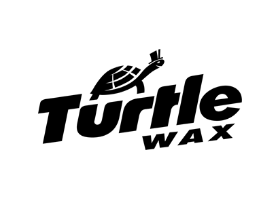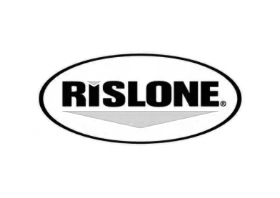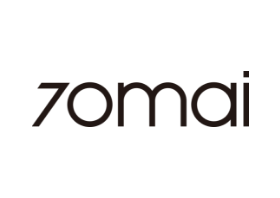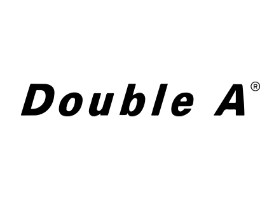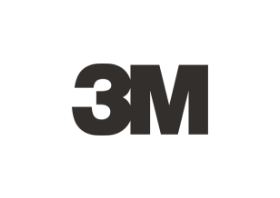1
Available Soon
Specifications
| Publisher | Apple Academic Press Inc. |
| ISBN 13 | 9781482233285 |
| ISBN 10 | 1482233282 |
| Book Description | Laser-Based Optical Detection of Explosives offers a comprehensive review of past, present, and emerging laser-based methods for the detection of a variety of explosives. This book: Considers laser propagation safety and explains standard test material preparation for standoff optical-based detection system evaluation Explores explosives detection using deep ultraviolet native fluorescence, Raman spectroscopy, laser-induced breakdown spectroscopy, reflectometry, and hyperspectral imaging Examines photodissociation followed by laser-induced fluorescence, photothermal methods, cavity-enhanced absorption spectrometry, and short-pulse laser-based techniques Describes the detection and recognition of explosives using terahertz-frequency spectroscopic techniques Each chapter is authored by a leading expert on the respective technology, and is structured to supply historical perspective, address current advantages and challenges, and discuss novel research and applications. Readers are left with an in-depth understanding and appreciation of each technology's capabilities and potential for standoff hazard detection. |
| Editorial Review | "... possibly the most comprehensive review to date of past, current, and emerging laser-based methods for the detection of explosives. ... provides in-depth discussion of the various laserbased detection technologies, each chapter being a summary of recent peer reviewed publications, with case studies for each technology as well as data analysis and interpretation. There is a particular focus on the use of laser technology for stand-off detection, which is very much the new Eden for next generation explosive detectors, and the book clearly lays out the challenges of such ambitions, as well as reasons why laser technologies are a solution. These chapters alone provide worthwhile reading for anyone involved in homeland security who wants to gain an understanding of the basic issues of explosives detection in the post 9/11 era. ... Expert authors from academia, national laboratories, and commercial research institutions, all well known within their respective fields, have written each chapter independently and provided comprehensive references. ... This book is ideally suited to post-graduate or doctoral researchers looking to better understand their own and related fields across laser detection, and provides a good grounding in unfamiliar areas of research within laser detection of explosives. In summary, it comprises an extremely useful reference tool for anyone working in the field of optical detection, including those from government and industry, and those tasked with educating decision makers." -Andrew Johnston, from CBRNe World, August 2015 "... provides not only a scientific overview of the various optical methods currently employed, but also an overview of the problem from respected experts with first-hand knowledge." -Brian M. Cullum, University of Maryland Baltimore County, USA "... a very good reference book that will be helpful in teaching processes, in education of decision-makers, in training of users, and as a source of a very rich bibliography." -Michael K. Rafailov, DHPC Technologies and University of Alberta, Edmonton, Canada "... draws on the vast expertise of experts in academia, national laboratories, and commercial research institutions who have not only helped develop much of the theory and detection methods, but have also been active in understanding and quantifying the performance of each sensing modality." -Lisa M. Zurk, Portland State University, Oregon, USA "... should be owned and read by anyone using or planning to use laser-based detection of chemicals." -Don Seeley, High Energy Lasers - Joint Technology Office, Department of Defense, Albuquerque, New Mexico, USA "... a good primer for those who are new to the field, as well as an excellent resource for those who are practitioners. ... I would like to own a copy and would recommend it to others in the field." -John G. Reynolds, Lawrence Livermore National Laboratory, California, USA "... covers a wide breadth of laser-based technologies applied to the detection of explosives. ... This book will prove to be a very useful and valuable addition to my reference library. The authors' ability to be objective reviewers rather than technology advocates is refreshing and very promising." -Nicholas F. Fell, Jr., United States Military Academy, Washington, District of Columbia "... an invaluable contribution that will enable researchers and technologists to go up the learning curves to understand the promises of the very different approaches. ... useful to the experienced scientist as well as a beginning graduate student." -Sanford A. Asher, University of Pittsburgh, Pennsylvania, USA |
| About the Author | Paul M. Pellegrino is chief of the Optics and Photonics Integration Branch in the Sensors and Electron Devices Directorate at the United States Army Research Laboratory (ARL), Adelphi, Maryland. He has been with the ARL as a physicist for 17 years. In addition to his branch chief duties, he actively participates in numerous spectroscopic efforts for hazardous material sensing. He has more than 20 years of experience in optics, physics, and computational physics, with an emphasis on the application of novel spectroscopy and optical transduction for chemical and biological sensing. Widely published, Dr. Pellegrino is a member of the OSA, SPIE, and SAS. Ellen L. Holthoff is a research chemist in the Sensors and Electron Devices Directorate at the United States Army Research Laboratory (ARL), Adelphi, Maryland, where her experimental work includes the development of MEMS-scale photo-acoustic sensor platforms for gas detection, molecularly imprinted polymers for chemical and biological sensing applications, and drop-on-demand ink-jet printing for sample standardization. Her other research interests include sol-gel chemistry and fluorescence spectroscopy. Dr. Holthoff held an Oak Ridge Associated Universities Postdoctoral Fellowship at the ARL. She has authored and coauthored more than 30 research papers and conference proceedings as well as three book chapters and numerous internal army reports. Mikella E. Farrell is a research chemist in the Sensors and Electron Devices Directorate at the United States Army Research Laboratory, Adelphi, Maryland, where her work has included developing SERS substrates for army-specific biological and hazard sensing, biomimetic hazard sensing employing designed peptides, the fabrication of a nanoscale SERS imaging probe, and transitioning a standardized technique for the fabrication of drop-on-demand hazard test evaluation coupons. She also has been involved with supporting Defense Advanced Research Projects Agency SERS Fundamentals programs, university SERS-based research programs, and the evaluation of fielded standoff hazard detection systems. She is widely published and holds a United States patent. |
| Language | English |
| Publication Date | 42123.0 |
| Number of Pages | 409 |
Laser-Based Optical Detection Of Explosives paperback english - 42123.0
Added to cart
Cart Total AED 0.00


















